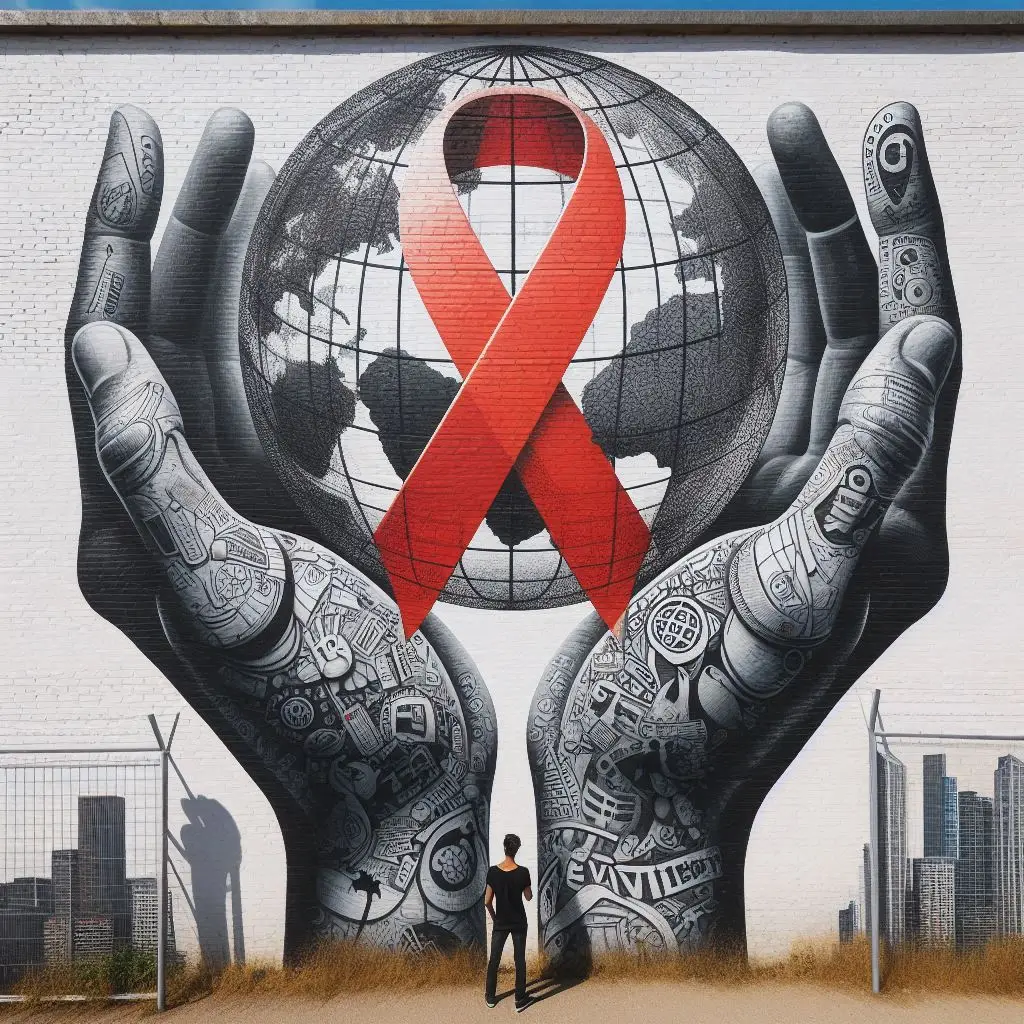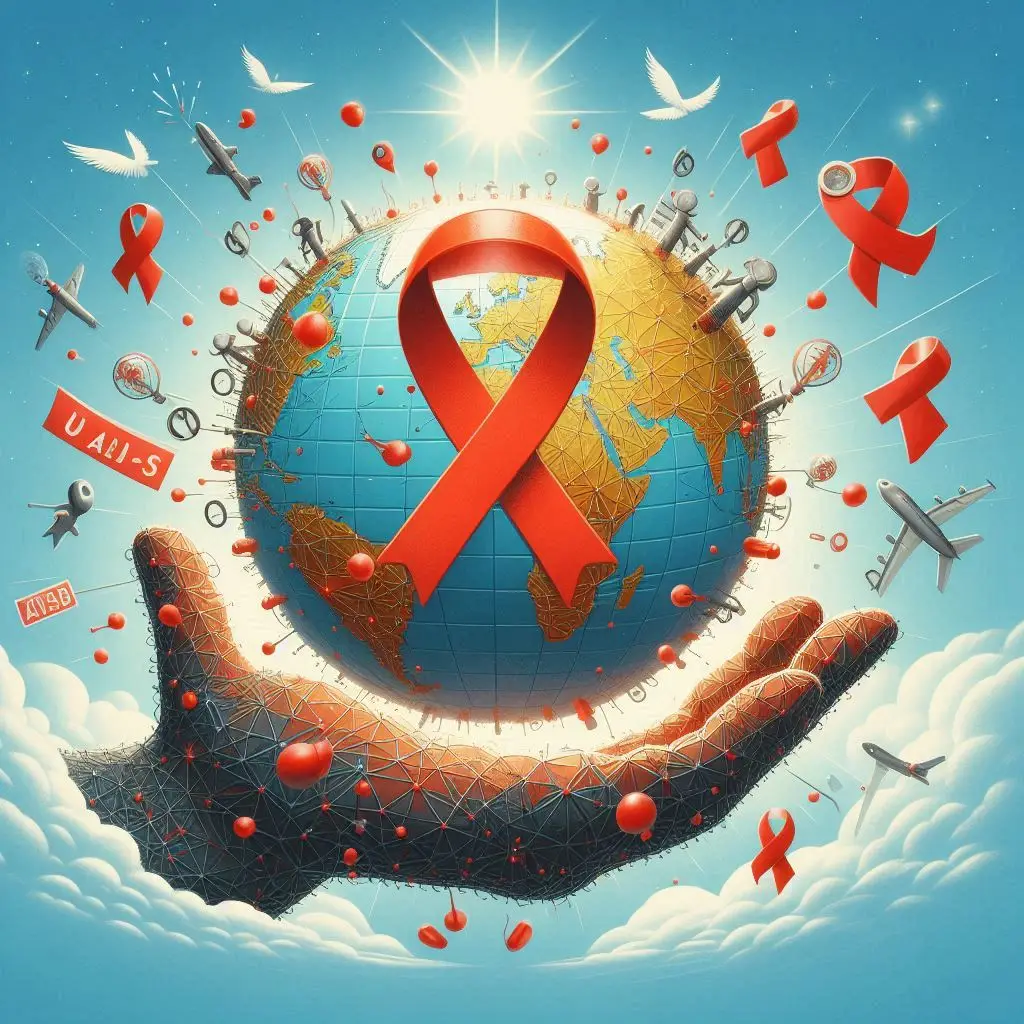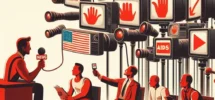Reviving the Question – Where Did AIDS Come From – to Guide the Future
Think of a giant ship navigating through stormy waters. The storm is HIV/AIDS. The passengers are millions of people across the globe. The ship’s crew? Organizations, governments, doctors—and leading them from the captain’s deck is UNAIDS. Since its launch in 1996, UNAIDS (Joint United Nations Programme on HIV/AIDS) has steered the world toward understanding, preventing, and controlling one of the deadliest epidemics in human history.

To fully grasp the depth and direction of UNAIDS’ work, we must start with a question that continues to frame the global narrative: Where did AIDS come from?
Where Did AIDS Come From?
Long before UNAIDS existed, scientists were trying to uncover where did AIDS come from. The answer lies in a virus called SIV (Simian Immunodeficiency Virus) that infected chimpanzees in Central Africa. Sometime in the early 20th century, the virus crossed into humans—likely through bushmeat handling—and became HIV, the virus responsible for AIDS. It spread slowly at first, undetected, until it exploded into a global crisis in the 1980s.
This origin story still matters. It teaches us about the link between humans, animals, and viruses. It shows how unnoticed infections in one part of the world can become global threats. Most importantly, it shaped how UNAIDS operates today—focusing not just on treatment, but also prevention, education, and equity.
The Mission of UNAIDS: Beyond Just Numbers
UNAIDS doesn’t just count infections—it changes lives. Its mission is clear: to end the AIDS epidemic as a public health threat by 2030. But how does it work?
- Coordination Across the Globe
UNAIDS is not a single agency—it’s a coalition of 11 UN organizations, including WHO, UNICEF, UNDP, and others. It ensures that everyone, from local clinics to global leaders, works from the same playbook. - 95-95-95 Targets
UNAIDS leads the global push for the 95-95-95 goals: - Focus on Vulnerable Groups
UNAIDS fights for the people most at risk—sex workers, LGBTQ+ communities, injecting drug users, and young women in low-income areas. It ensures no one is left behind in the fight against HIV. - Campaigns and Advocacy
From World AIDS Day to regional awareness drives, UNAIDS uses media, art, and education to fight stigma and misinformation. - Emergency Response
During crises—like wars, pandemics, or natural disasters—UNAIDS helps ensure that HIV services continue, especially in refugee zones and fragile health systems.
The Challenge: Progress Under Threat
UNAIDS programs have helped reduce AIDS-related deaths by over 60% since the early 2000s. Millions now live normal lives thanks to accessible treatment. But challenges remain:
- Funding Cuts: Global financial support is declining. Without enough resources, testing and prevention efforts suffer.
- Rising Infections in Key Regions: HIV is again rising in Eastern Europe, Central Asia, and parts of Africa due to social stigma and weakened services.

Why “Where Did AIDS Come From” Still Matters Today
Understanding where did AIDS come from helps UNAIDS predict and prevent similar pandemics. The virus’s origin—spreading quietly due to lack of healthcare, education, and early warning—taught the world a valuable lesson: global health is only as strong as its weakest link.
That’s why UNAIDS doesn’t only treat HIV—it also strengthens health systems, fights poverty, and invests in education. Because the next epidemic could start the same way this one did—silently, somewhere far away, in a place without support.
Steering the World Toward an AIDS-Free Future
UNAIDS is more than an organization—it’s a symbol of global unity, science, and compassion. It answers the call of a world that once asked: where did AIDS come from, and now asks: how do we end it?
With the right leadership, funding, and global will, UNAIDS is charting a course toward a future where no one dies from AIDS, no one is left untreated, and no child is born with HIV. The ship is still sailing—but the destination is finally in sight.


